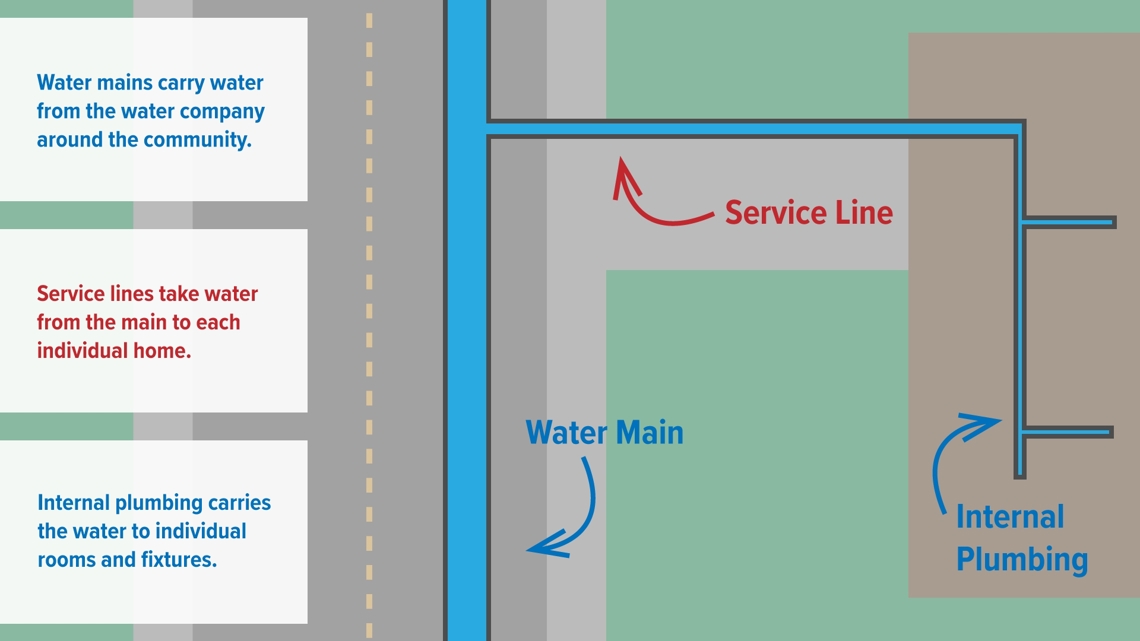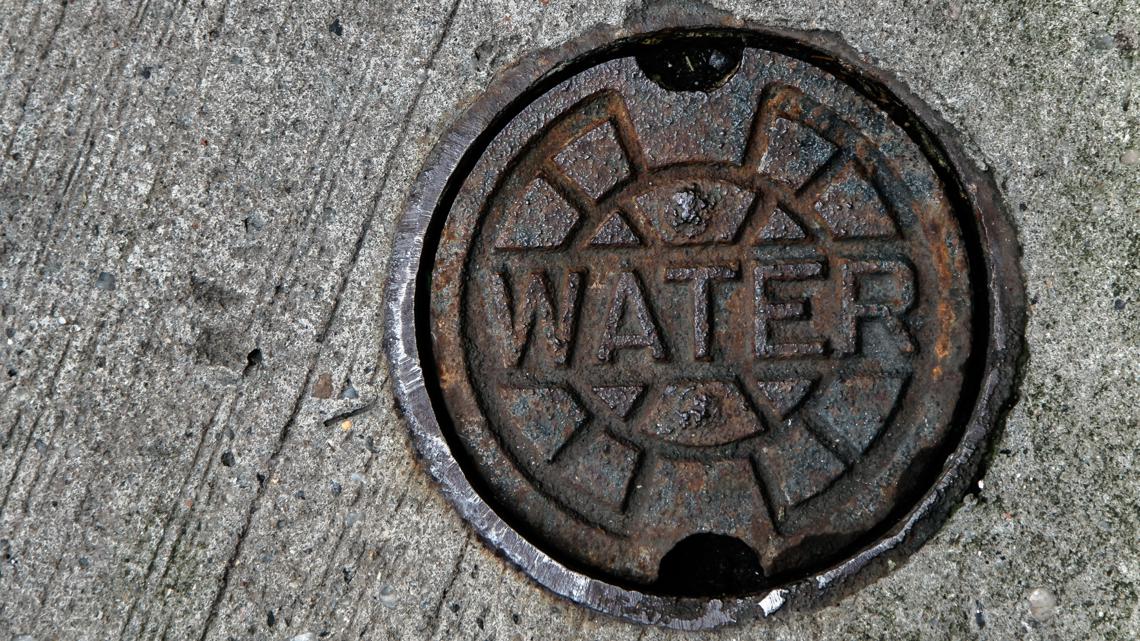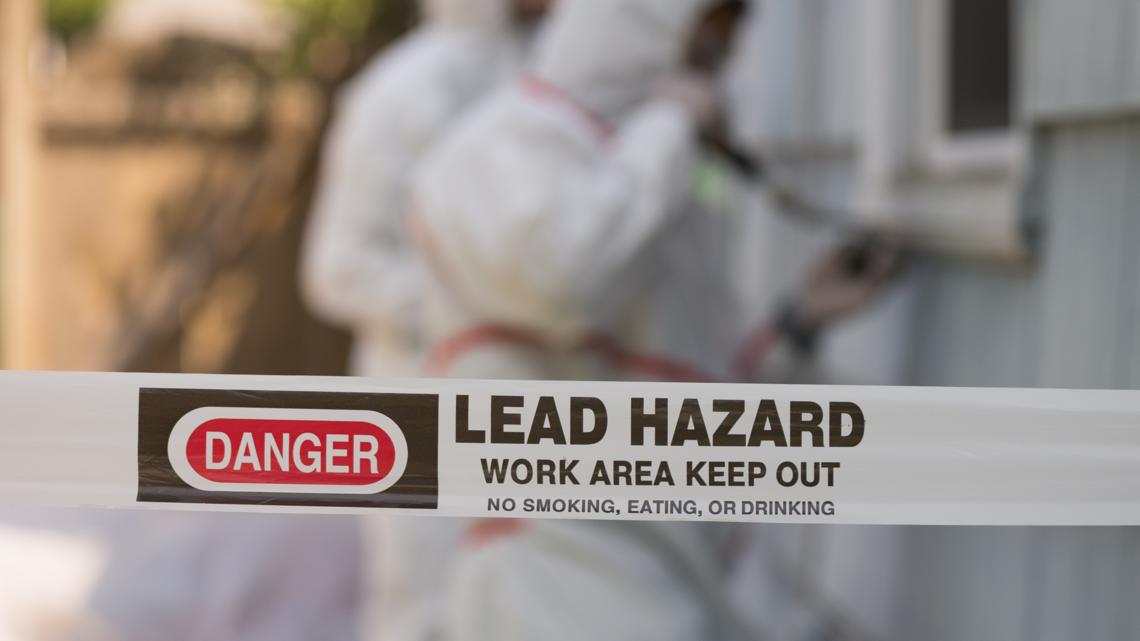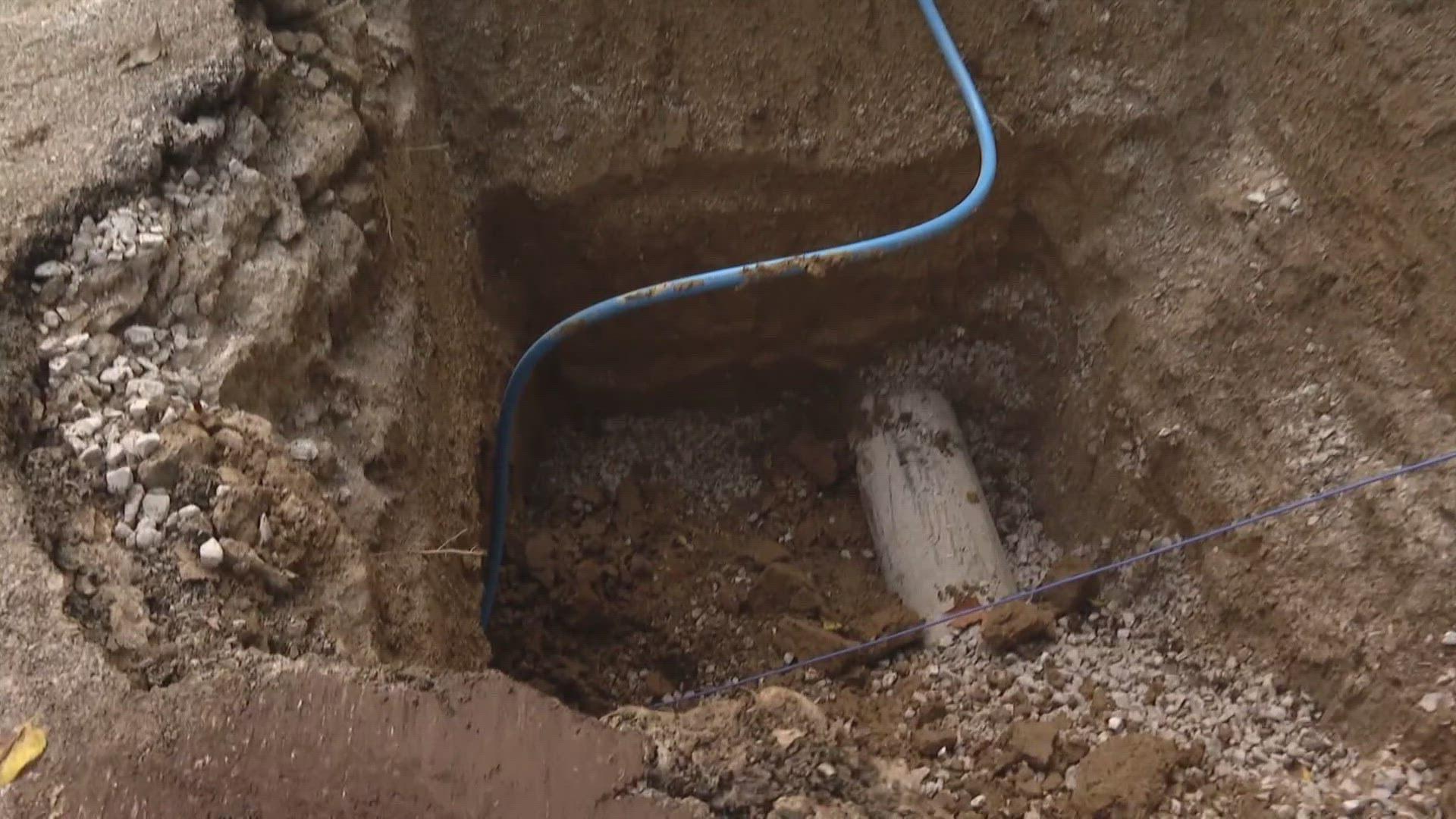INDIANAPOLIS — Citizens Energy Group is tearing up old, lead service lines going to tens of thousands of homes around Indianapolis.
As many as 75,000 homes around Marion County still get their water through lead service lines. Most of those homes were built before 1950.
The work is being done at no cost to customers.
Citizens got approval for the project from the Indiana Utility Regulatory Commission (IURC) in 2022.
The multi-year project is tackling several Indianapolis neighborhoods, with Martindale-Brightwood being the largest area.
“I feel like it’s a blessing,” said Onyette Hamiter, who lives in the Martindale-Brightwood neighborhood. “This is something that would cost $6,000 and above, and nobody has that money just sitting around.”


Also, the project wouldn’t have been possible without Elizabeth Gore, who helped lead the Martindale-Brightwood Environmental Justice Collaborative.
Gore started asking questions more than a decade ago.
“We fought and asked questions,” Gore said. “When I turned onto the street, my heart was just overflowing with the idea that something is being done and that our community is now getting what they deserve — some attention.”
Lead in drinking water has been connected to serious health and developmental problems, especially for young children.
Citizens says there is no lead in the water that leaves their treatment plants. But lead pipes down the line can cause problems.


Citizens owns water mains that flow through the city. They distribute water to various communities and neighborhoods in the service area. Citizens says none of their active water mains are made of lead.
The issue is service lines. These are the pipes that run from the water main to your home or business. Citizens does not own the service lines. Service lines laid for buildings built before 1950 may be made of lead. Clean water flowing through lead pipes can become contaminated with lead.
The service line connects to the internal plumbing of your home. That connects to your various rooms and the fixtures inside them.
Citizens is removing lead service pipes in a number of neighborhoods around Indianapolis. Martindale-Brightwood is the largest area so far that Citizens is tackling with the project.
In a statement, Citizens says drinking water in the areas affected "remains fully compliant with all federal and state water quality requirements."
The statement goes on to say the best way to make sure the water remains lead-free is to remove and replace the aging lead water infrastructure.


Why was lead in pipes anyway?
As far back as the ancient Romans, people have known that lead was toxic. So why is it in pipes?
According to Plumbing Manufacturers International, a trade organization, lead has been used in plumbing for thousands of years. The word plumbing comes from the Latin word for lead: "plumbum." Lead is used for pipes because it's soft and easy to work into different shapes.
By the late 1800s, it was well known that lead pipes were tied to lead poisoning. By the 1920s, communities began to restrict or even ban lead pipes. According to the National Library of Medicine, the lead industry ran lobbying and advertising campaigns to promote using lead.
The federal government began cracking down on lead, especially in paint, in the 1970s. Restrictions on lead in waterpipes were passed as amendments to the Safe Drinking Water Act in 1986. Since then, other laws have been passed, continuing to push down the "acceptable limit" for lead. The battle is ongoing—in May of 2024, the Biden Administration announced $3 billion would be spent to remove more lead in the water system.
Utilities have been replacing their old lead water mains for decades. New construction hasn't used them. But old, privately owned pipes, like service lines, may still be made of lead. It's similar to the precautions you need to take when renovating an older home that may have lead-based paint.


Just how bad is lead poisoning?
According to the journal of Interdisciplinary Toxicology, "there is almost no function in the body which is not affected by lead."
Lead is especially dangerous in children. According to the Mayo Clinic, it is tied to developmental delays, learning difficulties, hearing loss, seizures, pain, irritability, fatigue, vomiting and constipation.
In adults, lead poisoning can cause high blood pressure, memory loss, headaches, joint and muscle pain and mood disorders.
It's perhaps the most dangerous during pregnancy. The lead can be passed to the fetus through the umbilical cord, causing miscarriage, stillbirth and premature birth. A newborn who survives can also suffer from low birth weight and slowed growth.

